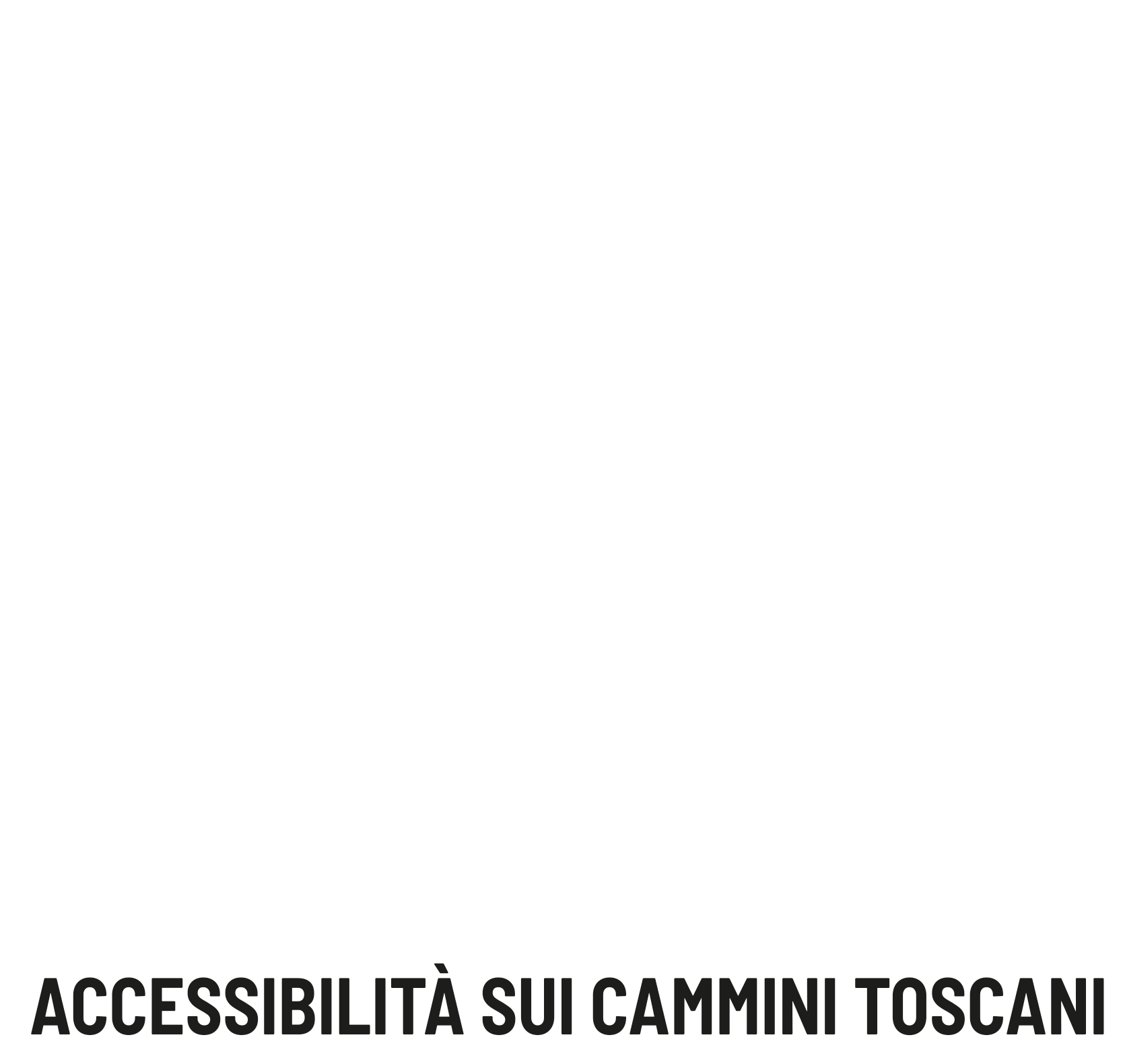Discover the region’s rich history through breathtaking landscapes and medieval villages
Did you know the most famous account of the Via Francigena pilgrimage dates back to 990 AD?
It was recorded by Sigeric, Archbishop of Canterbury, who traveled to Rome that year to receive the papal investiture. On his return to England, Sigeric meticulously documented his route, noting the key rest stops where pilgrims could find shelter. He identified 18 such stops (mansiones) in Tuscany alone, highlighting the region’s importance as a major crossroads along the pilgrimage routes.
Today, there are 16 stages of the Via Francigena in Tuscany, covering more than 380 kilometers, from the Passo della Cisa to Acquapendente, passing through iconic locations like Lucca, San Gimignano, Siena, and other towns in the Tuscan countryside.
The stretch between Gambassi Terme and San Gimignano is one of the most scenic of the modern European route, offering a perfect blend of stunning landscapes and rich history—everything you’d expect from an ancient cultural trail.
From Gambassi Terme to San Gimignano



Design by Iperattiva